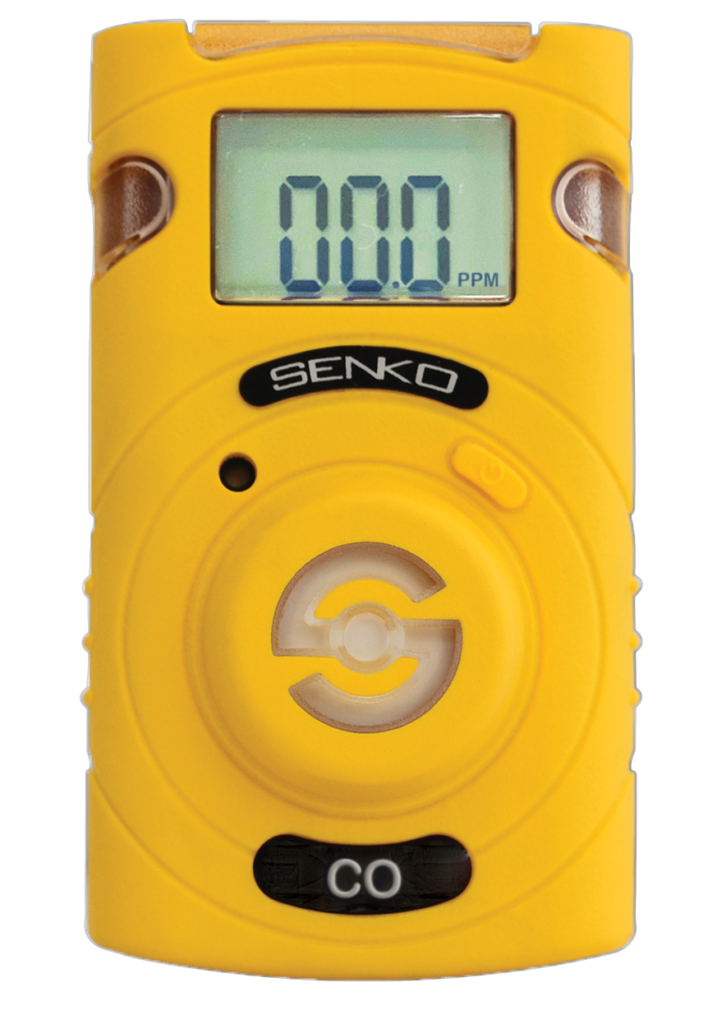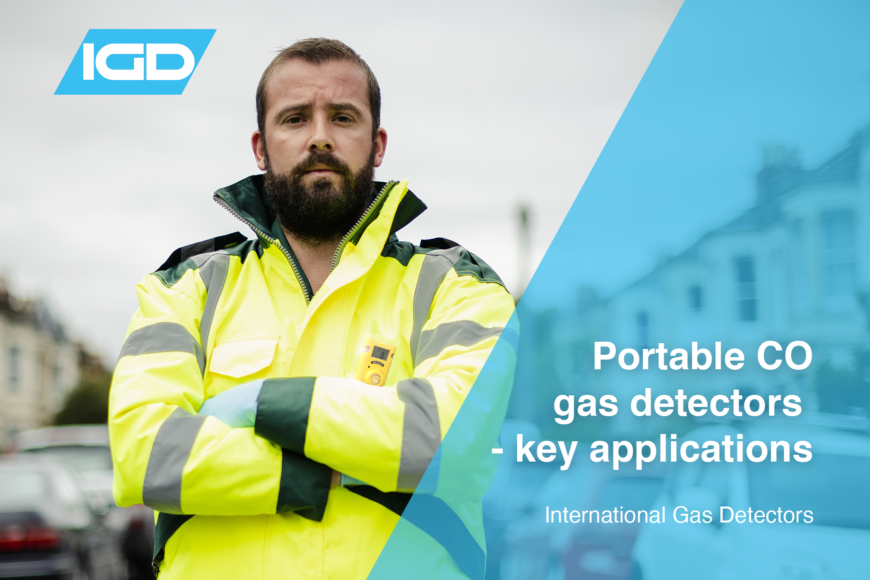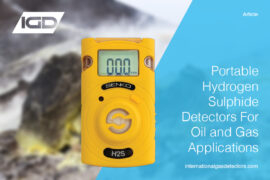Carbon monoxide (CO) is a highly toxic gas produced by industrial processes involving combustion. For many workers, portable CO gas detectors are essential pieces of equipment, responsible for safeguarding them against CO hazards daily. In this article we look at some of the important application areas of portable CO gas detectors.
A Brief Introduction to Portable CO Gas Monitors
Carbon monoxide is a particularly dangerous gas. If inhaled, carbon monoxide displaces dissolved oxygen in the bloodstream, starving the brain of oxygen and causing dizziness, nausea, confusion and shortness of breath. Symptoms worsen over time, with prolonged exposure leading to loss of consciousness. Carbon monoxide exposure is often fatal: around 430 people in the US die from carbon monoxide poisoning each year.
Carbon monoxide is produced by incomplete combustion of hydrocarbons. This means that carbon monoxide detectors are essential in any industrial environment where combustion takes place. For many applications, it is sufficient to install fixed detectors in environments where carbon monoxide poses a risk. However, for personnel who are at risk of encountering carbon monoxide hazards in different places, portable CO gas detectors are required in order to continuously and accurately monitor CO levels in their immediate vicinity.
Construction and Engineering Works
Portable CO gas detectors are essential for many construction and engineering applications. Carbon monoxide is a risk when petrol powered equipment (like generators and cut-off saws); when using LPG heaters; and when carrying out building works that disrupt gas flues or ventilation systems.
Where possible, equipment that poses a carbon monoxide risk should be used in well-ventilated areas. Personnel working in locations where carbon monoxide may be present should always use portable CO gas detectors to monitor CO concentrations in their immediate surroundings.
Industrial Hygienists
Industrial processes that pose a CO hazard should always be identified and subject to proper risk management, including installation of fixed CO detectors. Few people are more aware of this than industrial hygienists; professionals who are specialized in the identification and management of health risks in industrial environments.
Due to the nature of their work, industrial hygienists are likely to find themselves in industrial environments where risk has not been properly managed. For industrial hygienists, portable CO gas detectors are essential not only for personal safety but also for properly carrying out their work. Portable CO gas detectors enable accurate localized measurements of CO concentrations to be taken in a variety of industrial environments.
First Responders
Portable CO gas detectors play an important role in protecting first responders who routinely have to enter unknown hazardous environments.
Among first responders, firefighters are at the highest risk of CO exposure. Burning and smouldering materials release CO in huge quantities, potentially exposing firefighters to dangerous levels. As a preventative measure, firefighters often wear portable CO gas detectors along with their PPE to protect against carbon monoxide.
EMTs (Emergency Medical Technician), too, run the risk of exposure to carbon monoxide. EMTs are continually required to enter environments where a person has been injured – due to the prevalence of CO poisoning incidents, there is a very real risk of attending to such an incident. Small portable CO gas detectors clipped to paramedic equipment bags have been known to save lives.
SENKO Portable CO Gas Detectors
International Gas Detectors have partnered with SENKO to provide affordable, reliable and easy-to-use portable CO gas detectors for any application. The SGT-P portable CO gas detectors feature a fully maintainable design, with replaceable batteries and sensors to offer an unlimited operational life span and minimal downtime. Available to order online, with worldwide delivery.

To find out more about our portable CO gas detectors, both portable and fixed, contact us today.
Source: CDC




